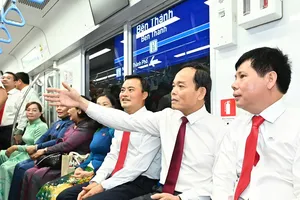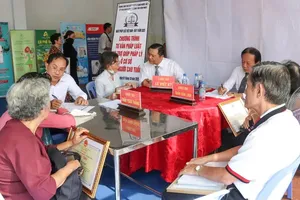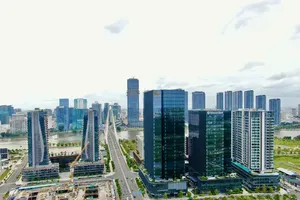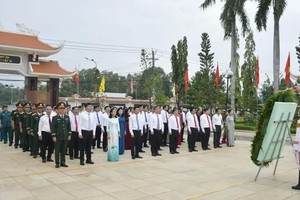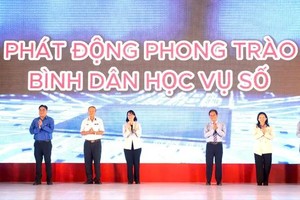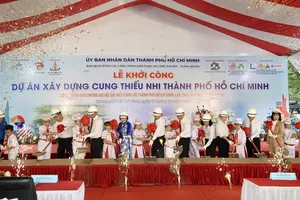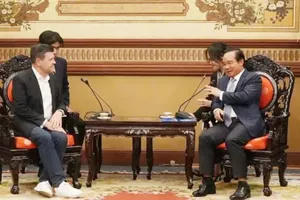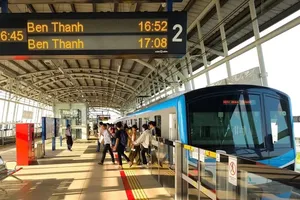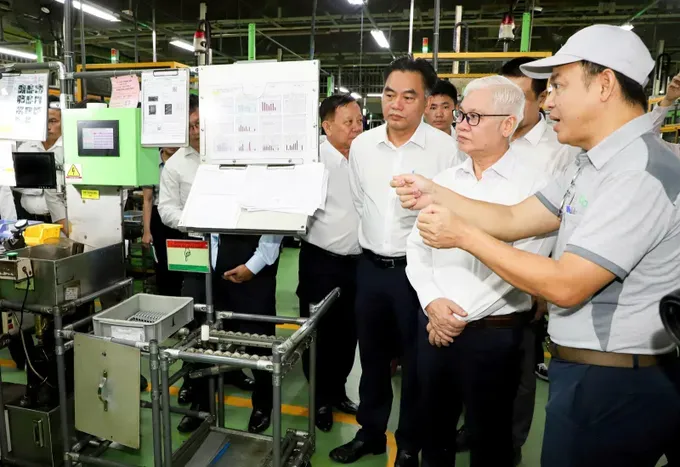
Under this vision, the core HCMC urban area is designated as the central hub for finance and high technology. The Ba Ria – Vung Tau region is set to become the capital of the marine economy, encompassing sea tourism, clean energy with a special focus on offshore wind power, seaports, as well as the oil and gas industry. Meanwhile, the Binh Duong region will serve as the nation’s hi-tech industrial heartland, and the Con Dao special zone is being oriented to emerge as a world-class resort tourism paradise.
Bastion of hi-tech industry
At present, the greater HCMC area boasts 68 industrial parks, hi-tech parks, and export processing zones, covering nearly 26,000ha of industrial land and supported by what is arguably the most advanced logistics system in the country. It’s this formidable foundation that is expected to elevate the southern key economic zone into a new growth pole with fierce competitiveness both regionally and globally.
Within this blueprint of “1 Center – 3 Regions – 1 Special Zone”, the Binh Duong region, historically the area’s industrial heartland, is designated as the nexus for advanced manufacturing and hi-tech industries.
Significant investment in modern, synchronous infrastructure is boosting inter-provincial and inter-regional connectivity, making goods transport to seaports and airports exceptionally convenient and turning the region into a magnet for investors. Key projects include the expansion of National Highway 13 and the fast-tracking of critical arteries like Ring Roads 3 and 4, HCMC – Thu Dau Mot – Chon Thanh Expressway.
Recently, a pivotal new project, the Bau Bang – Cai Mep Railway, was proposed by Becamex IDC Group. This railway aims to establish a crucial logistics axis directly linking industrial centers to international ports. It’s envisioned as a “green transportation backbone” for the entire Southern region, designed to tackle long-standing challenges in both transport infrastructure and environmental sustainability.
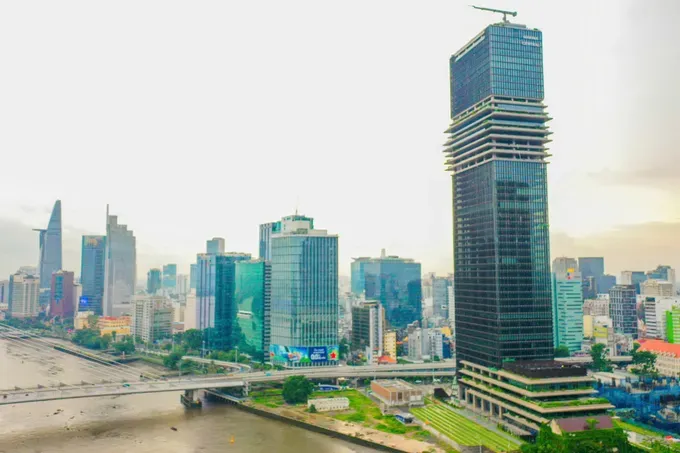
Aspiring international financial center
A significant milestone in this financial ambition was marked on August 19 with the inauguration of the Saigon Marina International Financial Center (Saigon Marina IFC) tower, located at the address of 2 Ton Duc Thang Street in HCMC. The imposing structure, with 55 floors and 5 basement levels, is the first in Vietnam to adopt the Transit-Oriented Development (TOD) model, featuring a direct connection to the Ba Son Station of Metro Line No. 1.
Deputy Prime Minister Ho Duc Phoc emphasized that the Saigon Marina IFC represents a crucial first step in the journey to establish an International Financial Center in HCMC (IFC HCM). He described it as a new engine for the national economy as well as a convergence point for global capital, technology, and talent. It will also serve as a “sandbox” for pioneering fintech applications, commodity and derivatives exchanges, and advanced logistics services.
HCMC’s industrial vision is shifting from quantity to quality by championing next-generation industrial parks. The city will upgrade existing facilities while investing in new models like VSIP III and specialized zones for IT, mechanical engineering, urban services, with a key project being Cay Truong and Bau Bang industrial parks covering a total of 1,080ha. These next-gen hubs are designed as smart, science-driven centers, poised to master new production tools and seize the opportunities of the digital age and Industry 4.0.
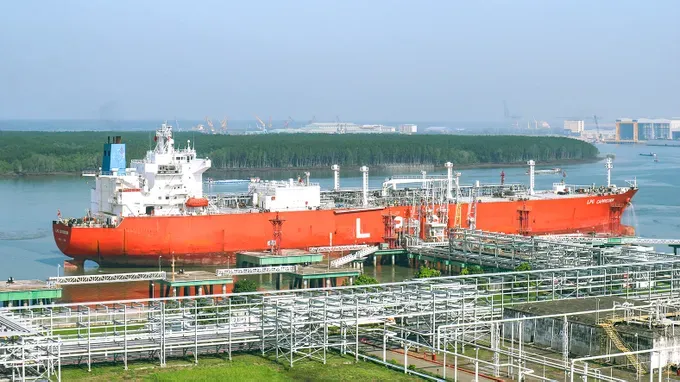
Eastern capital of marine economy
With its extensive coastline, diverse marine ecosystems, the nation’s largest oil and gas reserves, and a deep-water port, HCMC’s eastern region holds immense potential for maritime economic development. According to Director Nguyen Cong Vinh of the HCMC Department of Finance, there are 18 projects currently underway in the area. These include several nationally significant transport initiatives like Phuoc An Bridge and the component project 3 of the Bien Hoa – Vung Tau expressway, which will provide a vital link to the highway.
Furthermore, the city is funneling resources into developing Cai Mep – Thi Vai Port Complex into a premier national gateway. This strategy aims to establish the seaport and logistics sector as a cornerstone of the regional economy. The Government’s detailed master plan through 2030, with a vision to 2050, outlines that this special area will feature 24 terminals and 45 wharves. With channel depths averaging 14 to 16.8 meters, it is well-equipped to handle some of the world’s largest container ships.
Beyond its famed oil and gas sector, this eastern region is also the country’s “energy capital,” contributing roughly 13 percent of the national electricity output. Its role in power generation is of strategic importance not just for the southern economy but for Vietnam’s overall energy security. Offshore wind power is also seen as the key to unlocking a new era of renewable energy. With an estimated investment potential of 14,000MW, HCMC’s eastern sea is considered a strategic zone for deploying large-scale wind farm projects.
Portcoast’s Director Pham Anh Tuan argues that HCMC needs policies for a synchronized maritime-financial ecosystem, linking finance, insurance, and global businesses. Given its geographical advantages and port infrastructure, the eastern region is poised to become a national marine economic center and a critical link in the global supply chain.
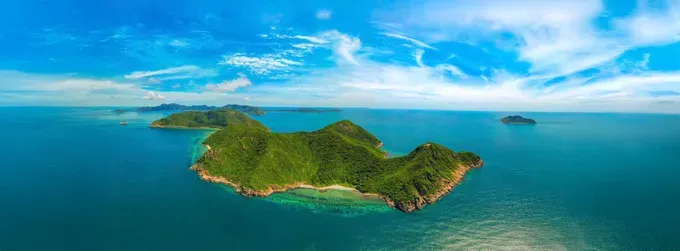
Con Dao Special Zone: Hub for high-quality tourism
Con Dao’s transformation has been staggering for both visitors and long-time residents. For tourist Le Thi Dung from Lam Dong Province, returning after five years revealed a quantum leap in development, with modern infrastructure and services. She was deeply moved that this progress occurred while perfectly preserving the island’s unique charm, ancient architecture, and historical relics. “The natural resources are truly rich and impressive,” she noted.
This change is a true metamorphosis for residents like Nguyen Thi Anh Thu, who moved there in 1984. She recalls a wild island with fewer than 1,000 people, transforming from what was once considered a “hell on earth” into today’s tourist paradise.
The last five years have seen the completion of pivotal infrastructure projects. The 110kV substation brought the national grid to the island, ending its reliance on diesel generators. Other initiatives include the expansion of Ben Dam Port, the launch of a circular economy project, and the opening of the Con Dao Military-Civilian Medical Center, which benefits from rotating specialists from HCMC’s top hospitals. These efforts, combined with a strong focus on tourism diversification, spanning historical, spiritual, and ecological themes, have redefined the island’s future.
According to Secretary Le Hoang Hai of the Con Dao Special Zone Party Committee, Con Dao’s action plan for 2025-2030 will foster high-quality, sustainable eco-tourism. The overarching goal is to develop Con Dao National Tourist Area by leveraging its unique historical sites and pristine national park.
“The objective is to guide tourism toward a high-quality, sustainable model,” Secretary Le Hoang Hai affirmed. “We are developing mindfulness tourism alongside eco-tourism, effectively harnessing the unique assets of the National Park, the Ramsar site, and our historical relics, all while protecting the environment and ensuring national security.”
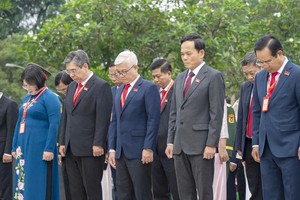
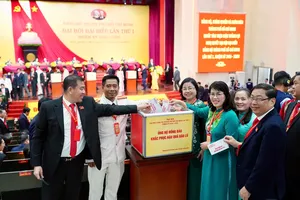
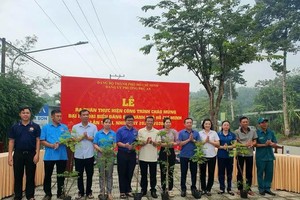
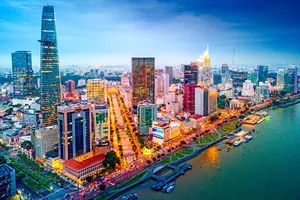
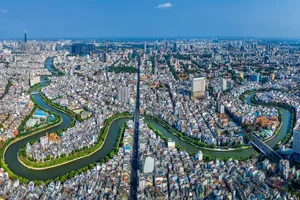

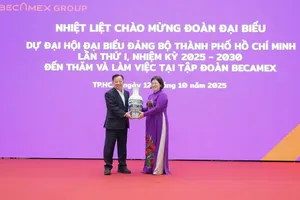
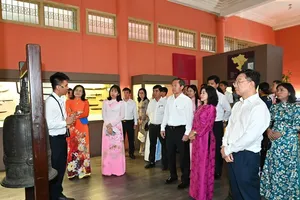
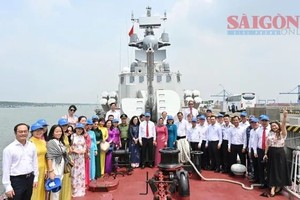
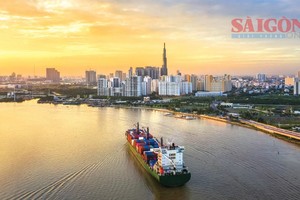
)

